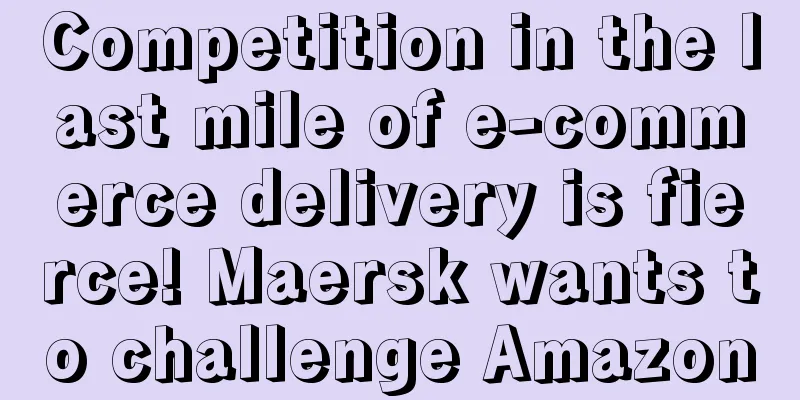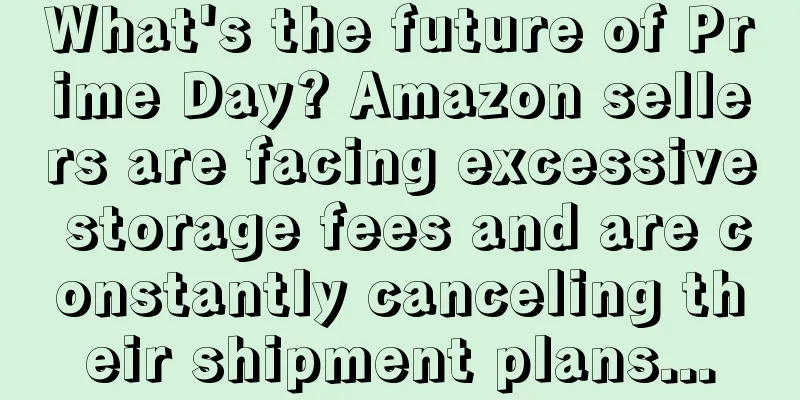Amazon sellers beware: Buy Box policy changes!

|
Recently, the Japan Fair Trade Commission conducted an on-site investigation of Amazon's Japanese subsidiary because the company was suspected of violating the provisions of the Anti-Monopoly Law on "abuse of dominant position" and "restrictive transactions"! According to relevant personnel, Amazon is suspected of forcing sellers to lower their prices on its own platform ( required to be lower than the prices on other online shopping platforms ) and use Amazon services ( including logistics and collection ) in exchange for the "prominent display rights" of the "Buy Box"! If sellers do not set prices lower than those on other platforms, their products may be removed from the "Buy Box", seriously affecting their sales performance. When multiple sellers on Amazon sell the same product at the same time, usually only one seller’s product can get a prominent position in the “Buy Box”, and users can add it to the cart or place an order with one click, while other products will only be linked to it in the form of “recommendations”, which directly affects the product’s exposure and sales opportunities. This practice not only affects sellers’ pricing freedom, but may also limit their competitiveness on other platforms. This action has caused widespread dissatisfaction and questioning, especially for sellers, who may face greater operating pressure and challenges because of Amazon's policy. 1. Everyone knows that the loss of the Buy Box has a huge impact on sellers, as follows: 1. Buyers can’t buy directly from your listing when browsing your products, which can lead to a significant drop in sales. 2. Influence buyers’ trust in your brand, especially those who value brand consistency. 3. If you rely on Amazon advertising to drive sales, losing the shopping cart may cause the ads to fail to turn on, thereby reducing the effectiveness of the ads. 4. Buyers are accustomed to one-click purchases. Losing the shopping cart may increase the buyer's purchasing barriers and lead to a decline in shopping experience. Second, shopping cart loss may also be caused by the following factors: ★ 1. Price factor
★ 2. New listings
★ 3. Frequently modify listings
★ 4. Being copied
★ 5. Inventory
★ 6. Negative reviews
3. What is the black technology that service providers use to make competitors lose their shopping carts? In fact, this is not some new black technology. In fact, the core operating idea is the same as the method of counterattacking and turning into a dog, which is to exploit the globally shared vulnerability of LISTING. By listing the competitor's main link in the United States on a small site in other countries, deliberately filling in banned words during the upload process, the competitor's US site listing will encounter security audits or be labeled as an adult, and then become a dog. Of course, if you have a VC account to operate, it will be more convenient and quick. The logic for countering the loss of shopping carts is to exploit the globally shared vulnerability of LISTING and modify the nodes of competitors' links across sites to categories that require review, so that the shopping cart is lost or even removed from the shelves. |
<<: Black Friday sales increased 13 times! A large number of sellers found a new traffic entrance!
>>: Summary of several updates to Amazon coupons feature!
Recommend
Amazon starts charging store balance for negative balance overnight
Normal, once there is data abnormality, such as s...
Target to hire 100,000 more seasonal employees as holiday shopping season approaches
Target recently announced its holiday seasonal rec...
New opportunities for cross-border e-commerce? Mexico: the next blue ocean for gold mining
LM123 learned that in recent years, Mexico, as an ...
Amazon store marketing and daily management multi-dimensional automated statistics and weekly ROI automated tracking form
Weekly ROI tracking spreadsheet ...
What is WeChat Pay? WeChat Pay Review
WeChat Pay is the international version of WeChat ...
Amazon Team Management - Monthly Performance Appraisal Form for Each Position in the Marketing and Sales Department
Dear Amazon operation partners, are you still wor...
The logic and ideas of pushing keywords to the homepage (applicable to all types of sellers)
The logic of small and medium-sized sellers pushi...
What is Skubana? Skubana Review
Skubana is an Amazon operations tool that can help...
What is ePacket? ePacket Review
ePacket is an economical international express ser...
How much does it cost to start a store on your own in 2024? Compared with the initial store preparation, product selection is actually the most challenging project...
Red wine black tea My C position Going it alone sh...
A large number of sellers have had their brands removed. What exactly is the problem?
Rectification, a large number of Amazon sellers w...
The seller's money will depreciate! ? The United States starts unlimited money printing
The U.S. stock market plummeted 10,000 points las...
What is Amazon Category Review Invoice? Amazon Category Review Invoice Review
Amazon category review invoices (copies of invoice...
Things that experienced Amazon sellers are studying
one, 1. Find out the negative reviews of the popul...









